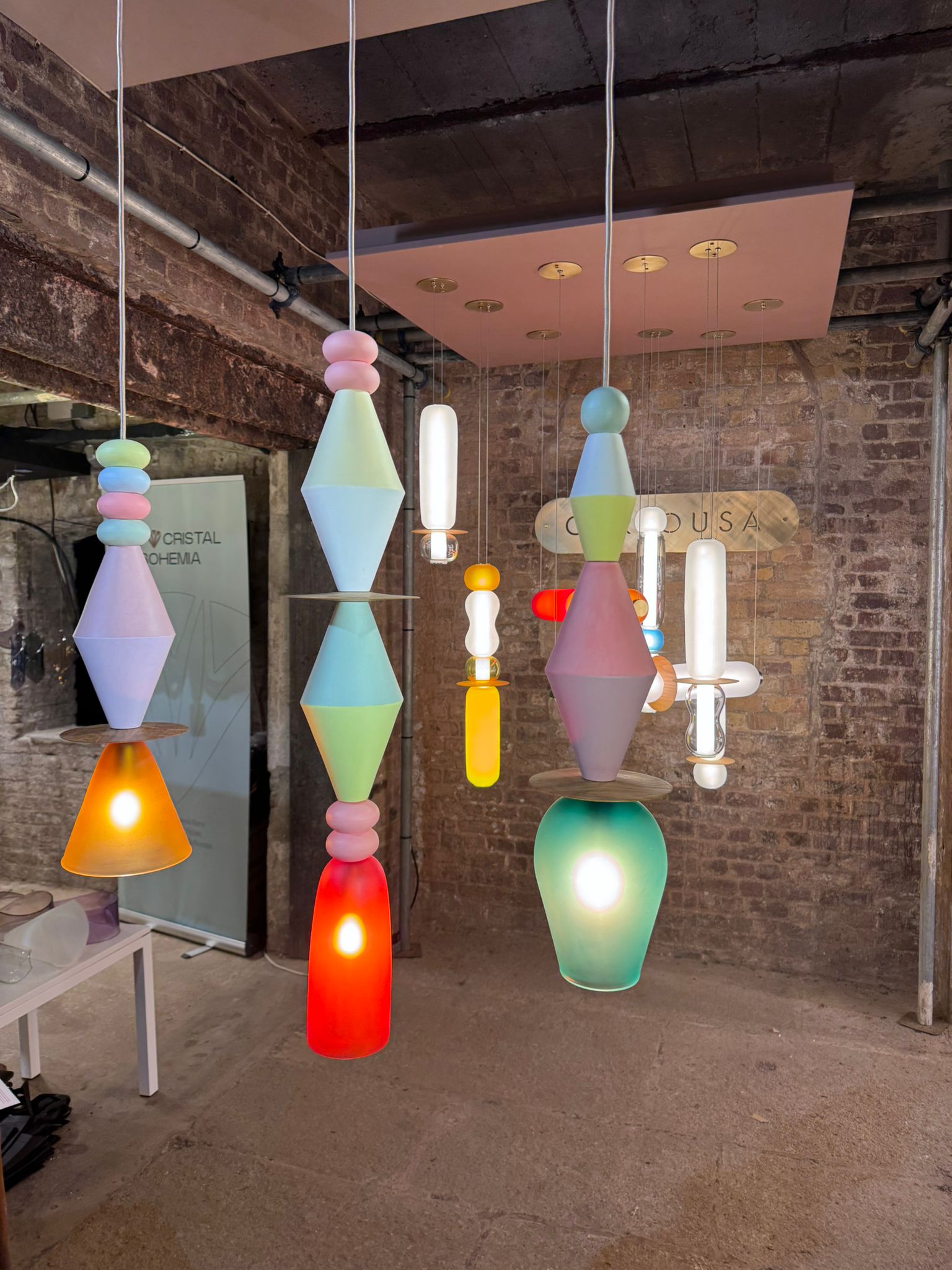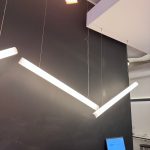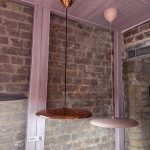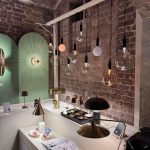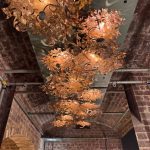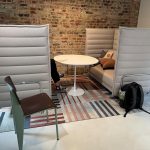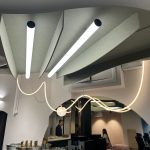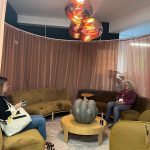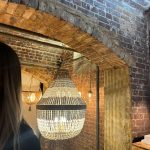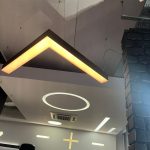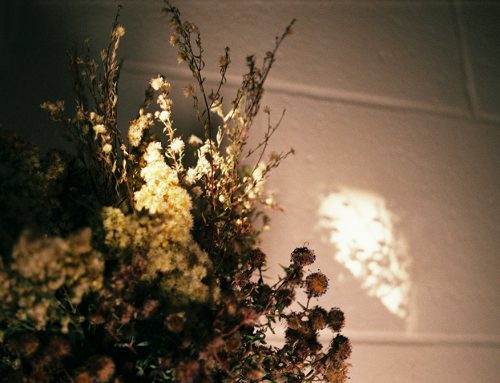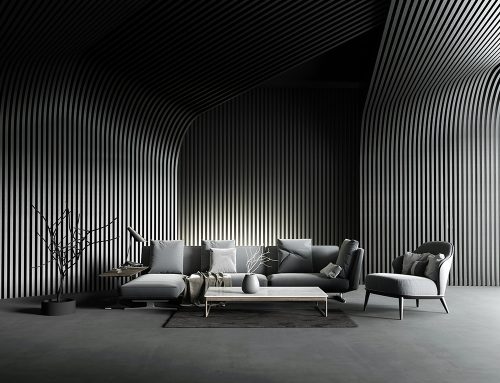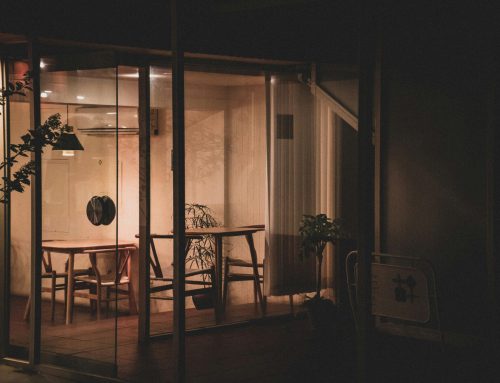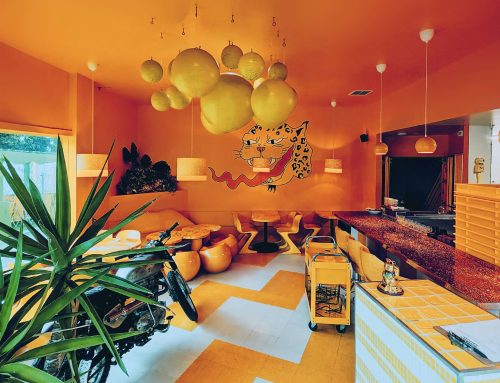Lighting is often referred to as the unsung hero of interior design – and with good reason. It has the power to completely transform a space: to enhance mood, shift perspective, highlight form and texture, and influence how people feel and behave within an environment. At WyldeIA, we believe lighting should never be an afterthought. Instead, it should be one of the key elements considered right from the start of any design process.
Too often, lighting is reduced to a practical necessity – a box to tick after the layout, finishes and furniture are decided. But when integrated properly into a scheme, lighting becomes a core part of the spatial narrative. It allows us to play with volume and depth, to accentuate architectural features, and to support the purpose and personality of a space. Whether that means designing ambient layers for a calming wellness area, sharp task lighting for focus zones, or expressive sculptural pieces for client-facing environments, we see lighting as both functional and creative.
At Clerkenwell Design Week 2025, we were reminded just how exciting and dynamic the world of lighting design has become. The exhibition spaces were filled with innovation – from ultra-minimalist linear lights that can be tucked seamlessly into joinery or recessed ceilings, to bold, oversized pendants that acted as focal points in their own right. The variety was staggering: metallic finishes, coloured glass, modular systems, kinetic elements, programmable LEDs – and beyond the technology, what really struck us was the thought behind the design. Many of the lighting concepts were rooted in storytelling – inspired by nature, by geometry, by the interplay between light and shadow.
What Clerkenwell highlighted so brilliantly was that good lighting isn’t just about the fitting itself. It’s about understanding how light interacts with materials, surfaces, and space. A well-placed spotlight can bring a raw brick wall to life. A soft uplight can create a sense of height and grandeur. Strip lighting recessed into cabinetry can add definition and rhythm to an otherwise flat surface. Colour temperature, brightness levels and the direction of light all play a role in shaping the sensory experience of a room. And when all these elements are considered as part of a holistic design scheme, the results are both beautiful and functional.
As interior designers, our role is to think about lighting in layers. Ambient lighting sets the base tone of the space – usually soft, diffuse and even. Task lighting is more focused, helping people perform specific activities – think desk lamps, under-cabinet kitchen lights, or meeting room pendants. Accent lighting, on the other hand, is where we have the most creative freedom – it’s about highlighting, enhancing, drawing attention. This is where we often collaborate with lighting designers or manufacturers to create bespoke solutions that elevate the overall design. It’s also where the personality of the client or the brand can really shine through.
At WyldeIA, we approach lighting design not just from a technical point of view, but from a human perspective. We think about how people will use a space throughout the day and into the evening. We consider circadian rhythms, wellbeing, energy use and sustainability. And we take every opportunity to use lighting to add warmth, drama or playfulness where appropriate.
Our photo gallery from Clerkenwell shows the breadth of what’s possible – from jazzy, colourful fixtures that bring instant character, to understated modern pieces that work quietly in the background, enhancing materiality and form. But what links them all is intent. These aren’t lights that were tacked on at the end – they were carefully selected or designed as an integral part of the space.
Ultimately, lighting is one of the most powerful tools in our design toolkit. When planned properly and executed with care, it can make a space sing. So whether it’s a workplace, a school, a hospitality venue or a home – if you want a space that not only looks good but feels right, start with the light.

